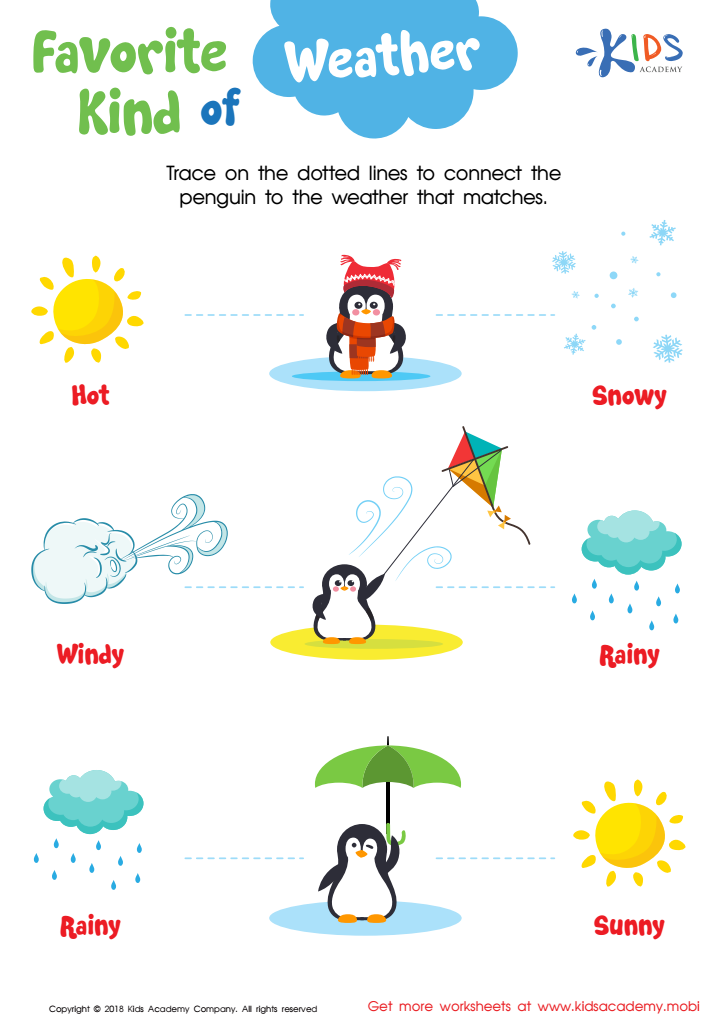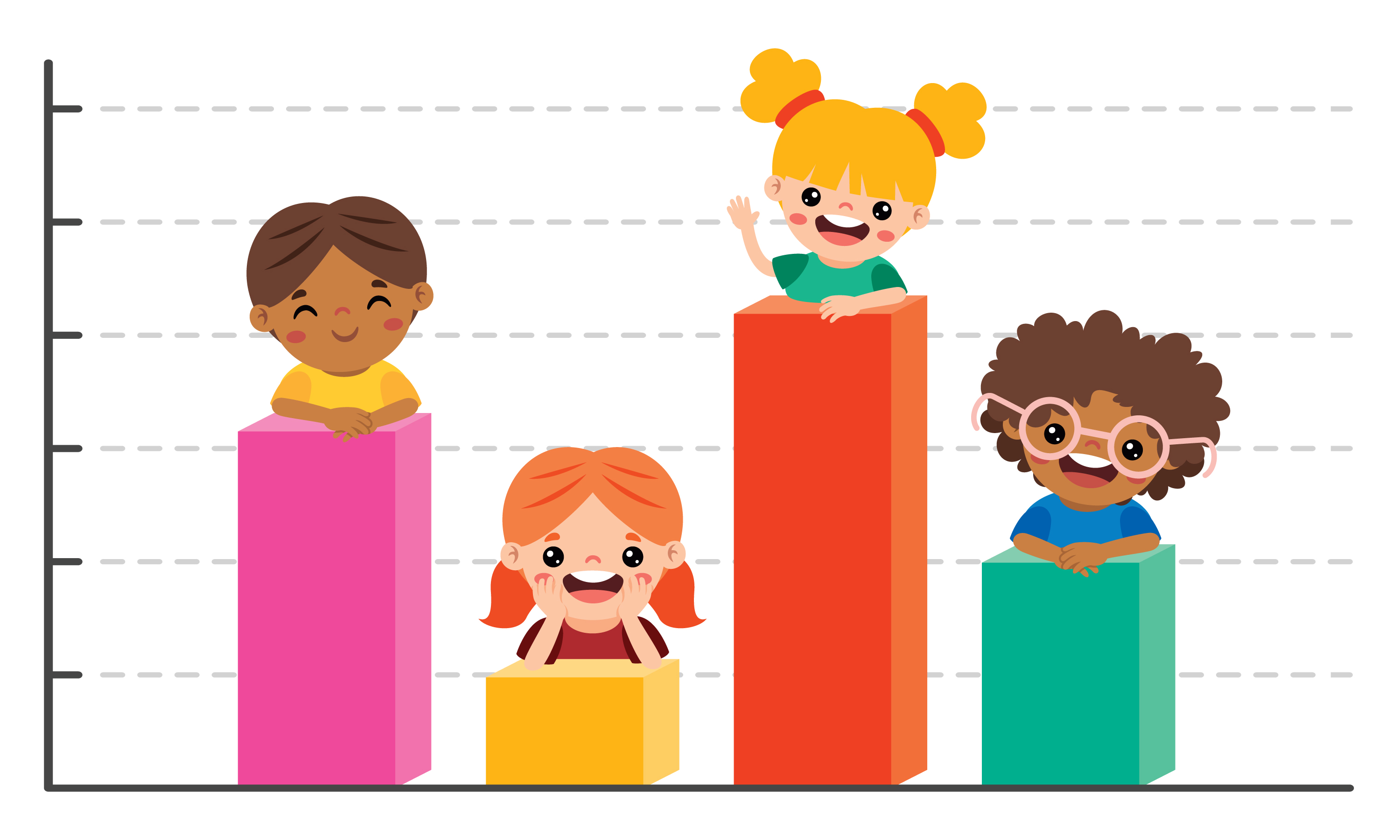Weather Vocabulary Normal Weather Worksheets for Ages 5-8
3 filtered results
-
From - To
Explore our engaging "Weather Vocabulary Normal Weather Worksheets for Ages 5-8" and help your child build essential weather-related vocabulary while having fun. These expertly designed worksheets focus on everyday weather phenomena, enhancing both reading skills and scientific understanding. Perfect for young learners, our worksheets include vibrant images, easy-to-follow instructions, and various activities like matching pictures to words, word searches, and fill-in-the-blanks. Ideal for both classroom and at-home learning, our worksheets make grasping basic weather concepts simple and enjoyable. Ignite your child's curiosity about the world around them with our user-friendly, educational tools from Kids Academy.


Favorite Kind of Weather Worksheet


Different Kinds of Weather: Windy and Snowy Worksheet
Understanding weather vocabulary is essential for young children ages 5-8. At this age, children are naturally curious about the world around them, and weather is a significant part of their daily experience. Learning specific weather vocabulary such as "sunny," "rainy," "cloudy," "stormy," and "windy" helps children to describe what they see and feel, enhancing their observational and communication skills.
First and foremost, grasping weather terms supports safety awareness. Knowing words like "thunderstorm" or "hurricane" can prompt discussions about the precautions to take during severe weather, even at a basic level.
Additionally, it ties into early science education. By understanding different weather patterns and terms, children begin to notice and comprehend natural cycles and seasonal changes, laying the groundwork for more complex scientific learning in later years.
Weather vocabulary also enriches literacy development. Reading weather-related stories and using new terms accurately help children to expand their language skills. It encourages active participation in classroom projects like charting daily weather or predicting tomorrow’s conditions, making learning interactive and fun.
For parents and teachers, fostering an early understanding of weather vocabulary equips children to better articulate their daily experiences, making learning both practical and engaging.
 Assign to My Students
Assign to My Students

















